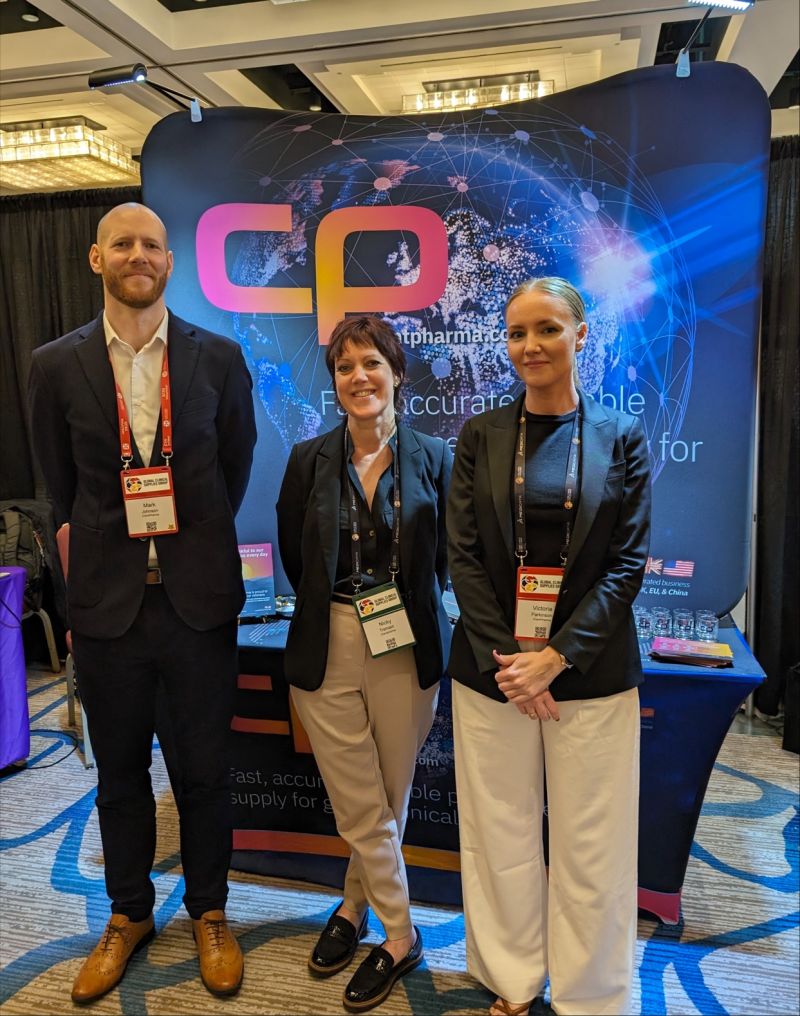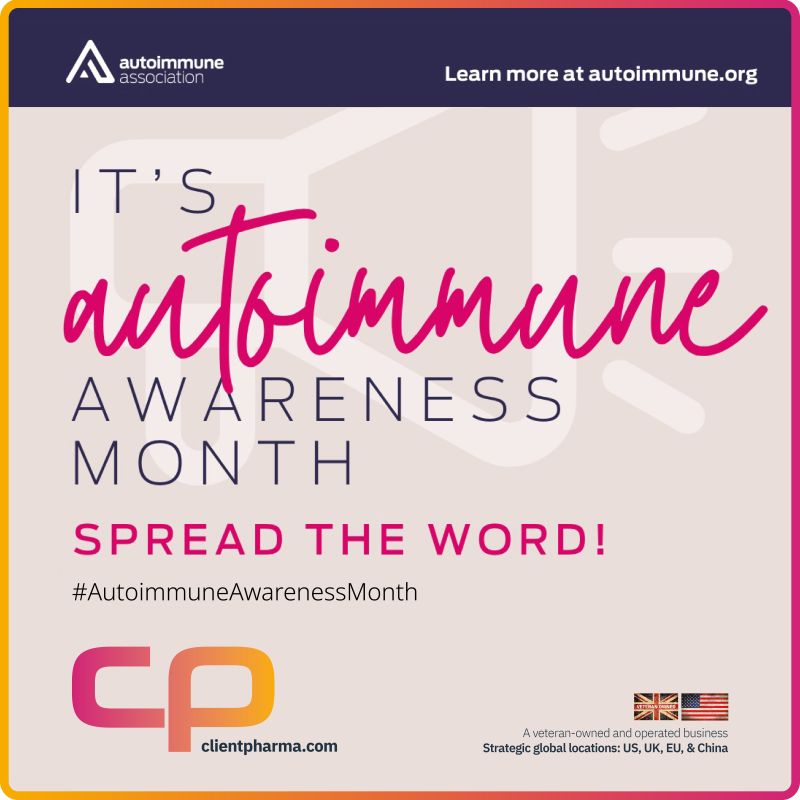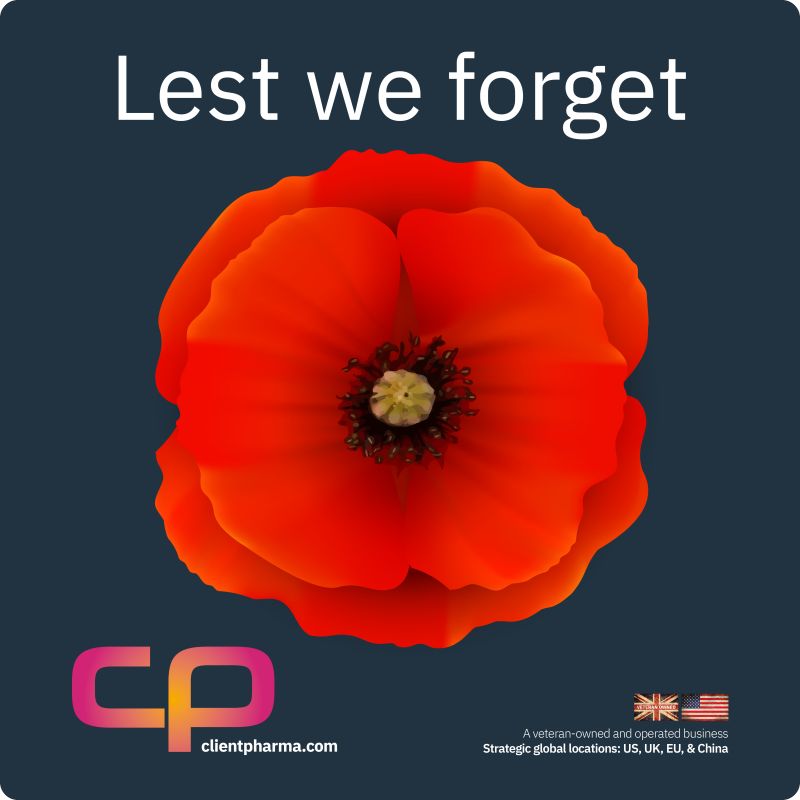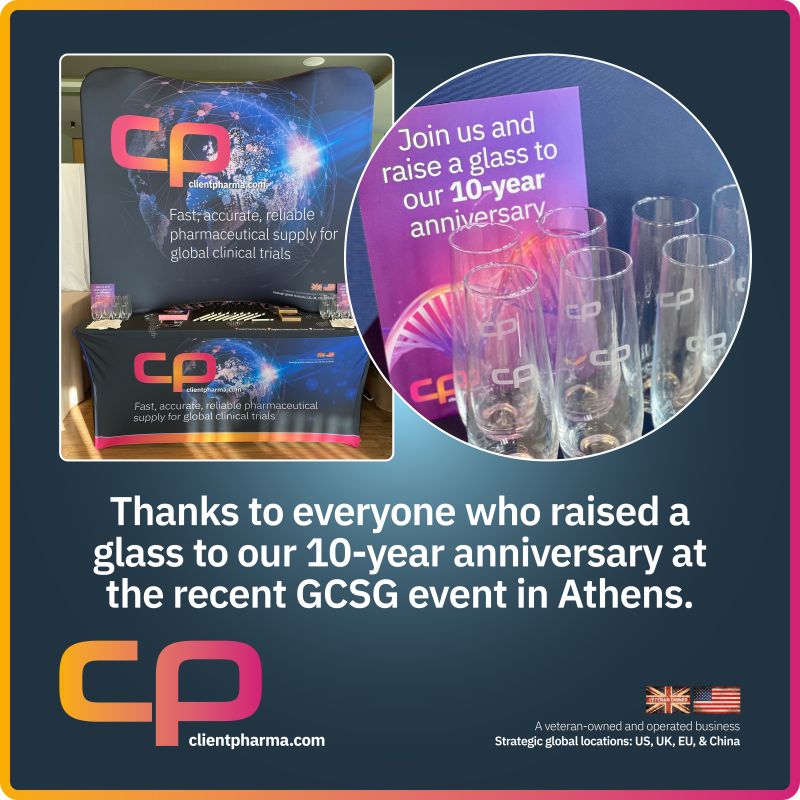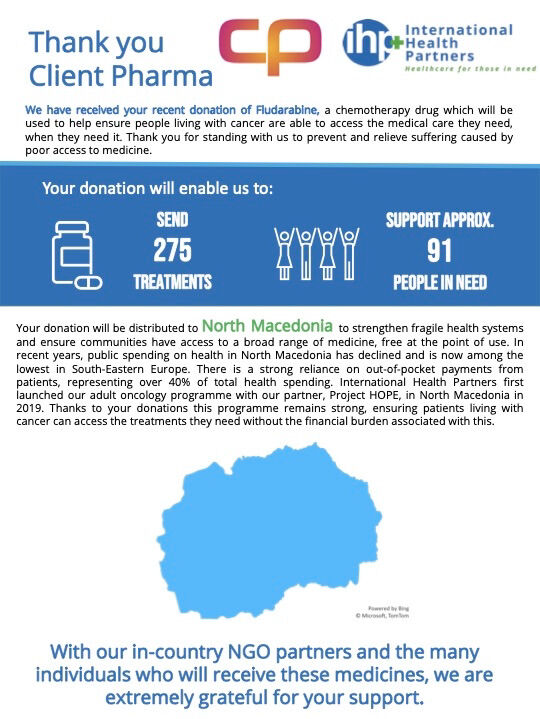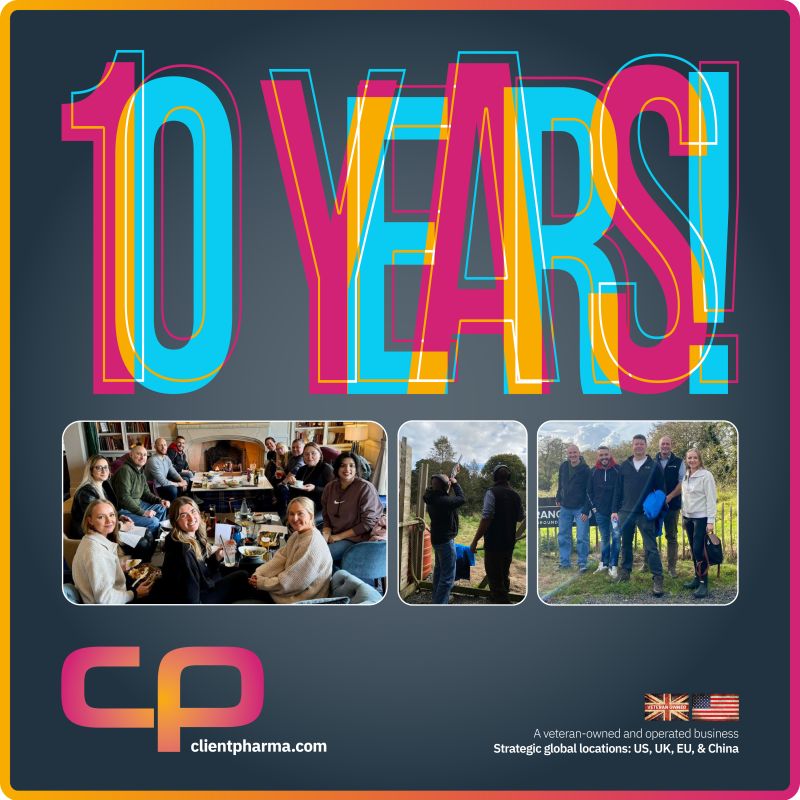Counterfeit medication is a billion-pound industry that affects hundreds of thousands of people around the world every year. The number of illegitimate and counterfeit medicines across the globe is becoming increasingly concerning, as they have even been appearing in the legitimate medical supply chain. Between 2011 and 2015, drug counterfeiting around the world increased by 51%.
According to a report released by the World Health Organisation, “1 in 10” medications in low and middle-income countries are either substandard or falsified.
The Impact of Counterfeit Meds
Fake medicines can present a huge health risk to the public. These products may be substandard, not containing enough active substance, or even dangerous to those who take them, since they may be contaminated by harmful products or wrong ingredients. Ultimately, even if a counterfeit product is not toxic, it can still harm the patient by depriving them of the potentially life-saving treatment they need.
Many people across the world are affected by counterfeit medicines in different ways but there are some groups that are more at risk. For example, in low-income countries without affordable healthcare, individuals may use the internet or other sources to search for cheaper medication. However, for many people, the low price is simply too good to be true.
How are Counterfeit Meds Being Sold?
Many counterfeit meds are being sold over the internet, where sellers can reach a huge number of people who are looking for cheap and accessible medication without a prescription. These false pharmacies can simply be accessed via a search engine, or through social media. This makes it easy for sellers to directly contact customers without detection.
Many fake pharmacies go to great lengths to avoid detection, by setting up a new site every so often, using channels such as social media to directly contact customers, or posing as regulated and verified online pharmacies that can fool customers looking for a bargain.
What is Being Done?
There are systems in place in order to survey and monitor reports and data. However, these systems, such as the Counterfeiting Incident System and WHO’s Global Surveillance and Monitoring System, are often unable to accurately report the extent of the damage that counterfeit medication causes and the number of people that are harmed or killed as a result of taking falsified or poor-quality medication each year.
Authorities are putting additional regulations in place to identify and remove counterfeit medication. Example of which are the Drug Supply Chain Security Act (DSCSA) in the US and the Falsified Medicines Directive in Europe; both of which outline measures to increase traceability and tighten distribution but they are proving slow and expensive to implement. Twenty-one EU countries have now made falsifying medicines a criminal offence but more needs to be done around the world.
Important Things to Keep in Mind
Whilst it’s difficult to halt the production of these medicines, it’s important to educate others on the correct systems of identifying and reporting them.
When choosing a pharmaceutical supplier, it’s absolutely vital to help prevent the spread and utilisation of falsified meds. This is why you must always use a trustworthy partner that has full visibility of their entire supply chain as well as a strong emphasis on high quality products as part of their ethos.

